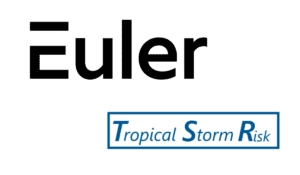What are the 3 basic levels of coverage that exist for homeowners insurance?
What are the 3 basic levels of coverage that exist for homeowners insurance?
Homeowners insurance policies generally cover destruction and damage to a residence’s interior and exterior, the loss or theft of possessions, and personal liability for harm to others. Three basic levels of coverage exist: actual cash value, replacement cost, and extended replacement cost/value.
What is the most important part of homeowners insurance?
The most important part of homeowners insurance is the level of coverage. Avoid paying for more than you need. Here are the most common levels of coverage: HO-2 – Broad policy that protects against 16 perils that are named in the policy. Feb 14, 2014
Which area is not protected by most homeowners insurance?
2. What’s NOT Covered On a Standard Homeowners Insurance … Earthquake and water damage. In most states, earthquakes, sinkholes, and other earth movements are not covered by your standard policy.
What is the difference between homeowners insurance and property insurance?
Homeowners insurance covers liability, which you face if a visitor suffers injury or property damage while on your property. Unless you purchase a separate liability policy or add this coverage to your policy with a rider for a separate premium, standard property dwelling insurance does not come with this protection.
What two 2 things doesn’t homeowners insurance cover?
Termites and insect damage, bird or rodent damage, rust, rot, mold, and general wear and tear are not covered. Damage caused by smog or smoke from industrial or agricultural operations is also not covered. If something is poorly made or has a hidden defect, this is generally excluded and won’t be covered.


